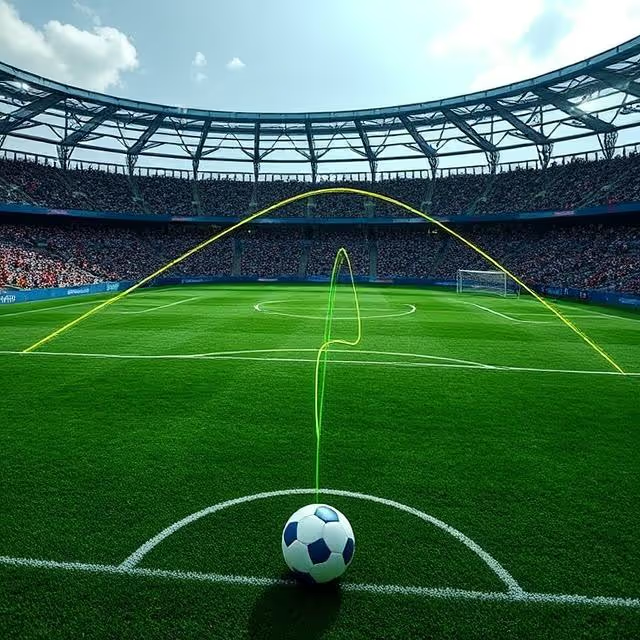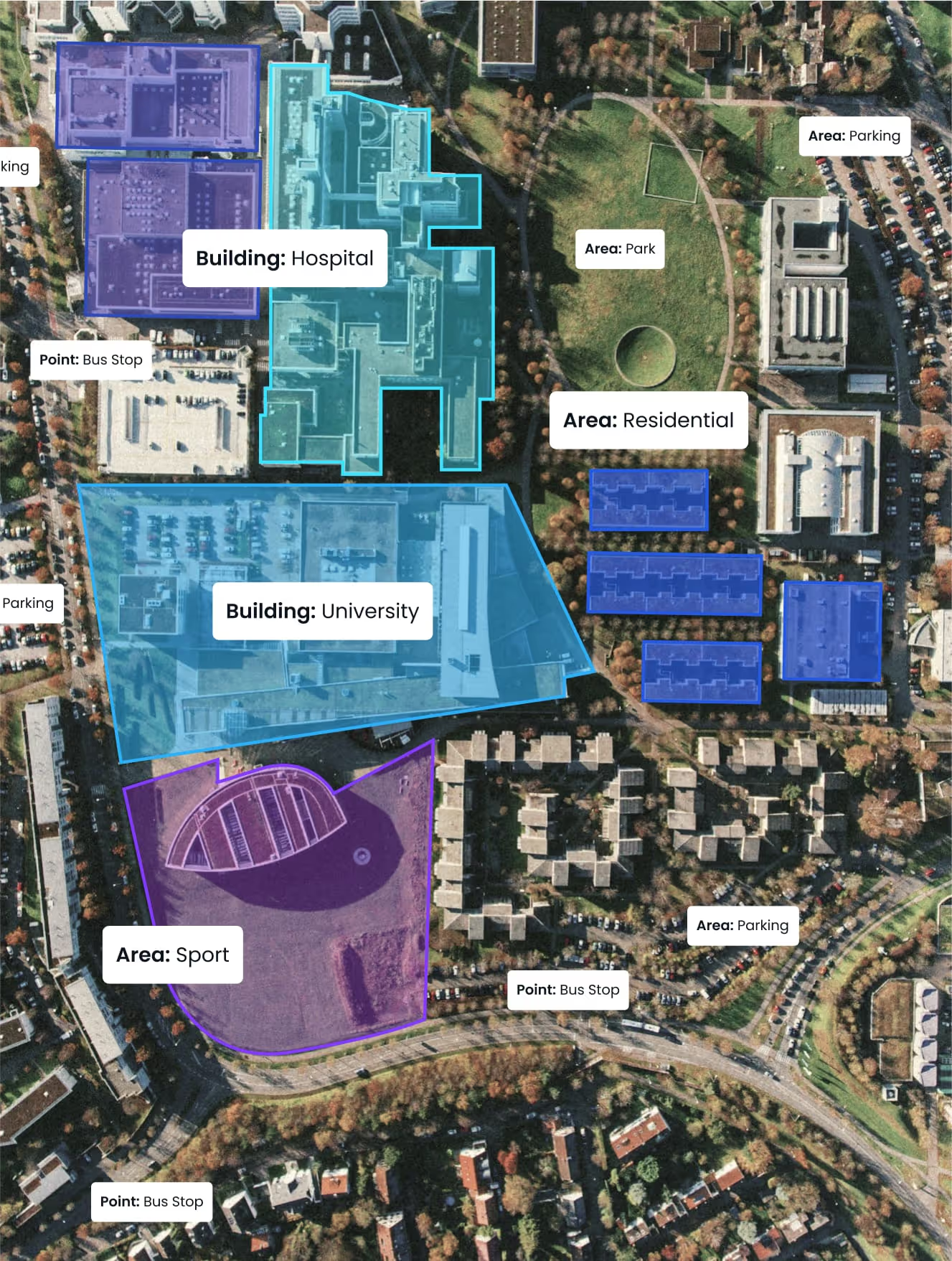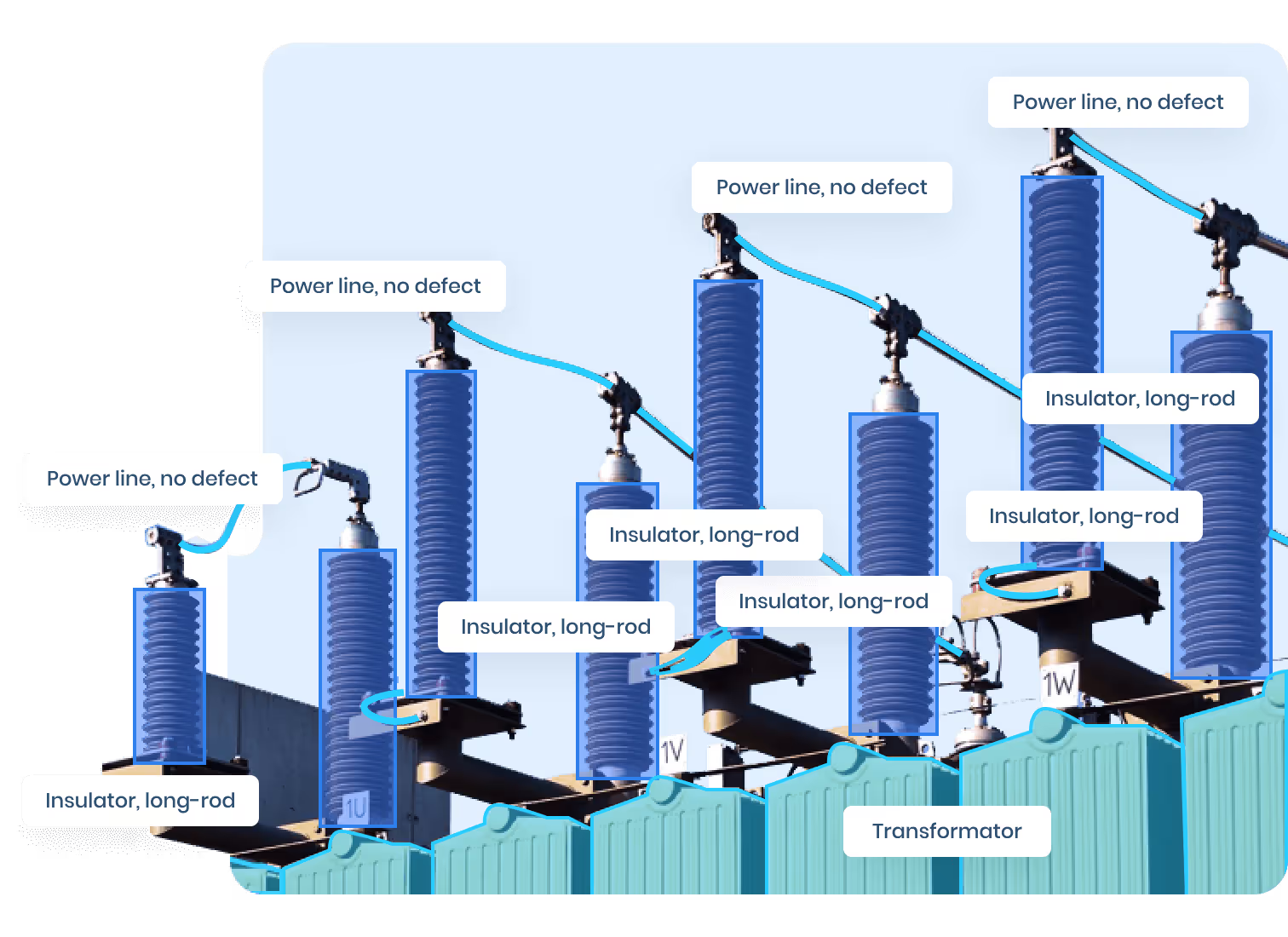Why Ball Trajectory and Motion Annotation Matters in Sports AI
In the high-stakes world of competitive sports, decisions are made in milliseconds. A single missed ball trajectory can mean the difference between victory and defeat. This is why precision in annotating object motion and tracking paths—especially for fast-moving entities like balls, pucks, or shuttlecocks—is essential for any AI-driven system in sports.
Modern sports AI applications rely on meticulously annotated trajectory data to:
- Analyze shot patterns and success rates.
- Train predictive models for match outcomes.
- Offer immersive augmented and virtual reality experiences.
- Provide coaches and athletes with actionable feedback.
- Create dynamic broadcast graphics and replay enhancements.
From professional football leagues to tennis courts and Olympic events, annotation accuracy determines not just how AI sees the game—but how it interprets and transforms it.
Understanding the Complexity of Motion in Sports
Unlike static object annotation, annotating motion in sports is inherently dynamic. You’re not just labeling where the object is—you’re capturing how it moves, how fast, under what physical conditions, and in response to what.
Key Variables That Shape Ball Motion Annotation:
- Speed and acceleration (e.g., a tennis serve vs. a curling stone).
- Rotation and spin (particularly in baseball, cricket, or ping pong).
- Trajectory curvature (e.g., soccer free kicks or basketball arcs).
- Occlusion and loss of visibility (due to player overlap or camera angles).
- Environmental influence (wind in outdoor sports, surface friction).
Each of these factors affects how annotations are made and how they’re used downstream for AI training.
Annotating Ball Trajectories Frame by Frame 🎥
To accurately capture motion, annotation often occurs frame by frame. While time-consuming, this method provides fine-grained tracking that enables AI models to learn nuanced behaviors—like how a ball curves in flight or decelerates after a bounce.
Best Practices for Frame-by-Frame Motion Tracking:
- Use interpolation between keyframes to reduce workload while preserving accuracy.
- Combine temporal and spatial information to detect outliers.
- Maintain consistency in object IDs to prevent data corruption across frames.
- Cross-reference multiple camera angles when available to reduce errors from occlusion.
Systems like Hawk-Eye or Second Spectrum use multi-view tracking to achieve ultra-high fidelity trajectory mapping.
How Object Motion Annotation Drives Performance Analytics
Once trajectories are annotated, they unlock a goldmine of performance metrics. For example:
- In basketball: AI can measure arc height, release speed, and entry angle for every shot attempt.
- In soccer: Tracking allows analysis of through-balls, expected goal probability, or goalie dive efficiency.
- In baseball: Pitch trajectory, spin rate, and impact location can be linked to batter tendencies.
These insights are invaluable for:
- Coaches making real-time strategy adjustments.
- Scouts assessing talent beyond traditional stats.
- Broadcasters creating visually compelling replays.
- Fans engaging with predictive models and fantasy sports data.
Challenges in Annotating Fast-Moving Objects in Sports 🧠
While ball tracking may sound straightforward in theory, real-world annotation presents several critical challenges:
🌀 Speed and Blur
High-velocity objects—like a tennis serve (up to 250 km/h) or a baseball pitch—often appear blurred even in high-frame-rate video. This motion blur makes it difficult to pin down the ball’s exact position in a given frame.
Solution: Use slow-motion capture (e.g., 120–1000 fps) and annotate from the native frame rate to maintain clarity. Integrating optical flow analysis can also help infer direction.
🚫 Occlusion
Players frequently block the view of the ball, especially in crowded scenarios like corner kicks or rebounds. In such cases, annotation may require inference or multi-view data.
Solution: Leverage 3D reconstruction or synchronize multiple camera angles to interpolate missing data. Tools like FIFA’s Electronic Performance & Tracking Systems use this strategy.
🎥 Camera Motion and Zoom
Rapid zoom or panning disrupts annotation consistency, especially in single-camera sports footage (e.g., amateur or training environments).
Solution: Use homography transformations to normalize camera movement or switch to fixed-field camera setups during data collection.
⚖️ Consistency and Annotation Drift
Human annotators may interpret the center or edge of a fast-moving object differently across frames, leading to drift.
Solution: Implement quality control (QC) checkpoints with reference guidelines or semi-automated annotation pipelines that assist in continuity.
Annotated Motion Data in Action: Use Cases by Sport
Let’s break down how sports AI systems use motion-annotated datasets across disciplines:
⚽ Football (Soccer)
- Shot trajectory: Analyze goal-scoring patterns from different angles and foot dominance.
- Pass velocity and curvature: Measure swerve, assists, or expected pass outcomes.
- Ball recovery: Evaluate how often a team regains possession after a deflection or rebound.
💡 Example: Liverpool FC partnered with DeepMind to analyze passing strategies and team dynamics using trajectory data.
🏀 Basketball
- 3-point shooting arcs: Capture shot consistency over time.
- Rebound prediction: Use bounce trajectory to anticipate possession changes.
- Assist dynamics: Annotate ball motion between players to train predictive models of playmaking.
🎾 Tennis
- Serve placement and speed: Analyze first vs. second serve trajectories.
- Ball spin and bounce location: Crucial for modeling surface behavior (grass, clay, hard court).
- Rally length and shot angle: Help in strategy development and endurance metrics.
⚾ Baseball / Cricket
- Pitch trajectory and swing impact: Evaluate pitching/bowling performance.
- Ball exit velocity: Analyze scoring shots or fielding success rate.
- Trajectory drift: Model air resistance and spin for predictive analytics.
🏐 Volleyball
- Spike trajectory: Determine offensive success rate by ball angle and impact.
- Serve reception: Evaluate defensive setups and positioning.
- Ball contact analysis: Annotate motion changes before and after blocks.
Motion Annotation Meets Augmented Reality and Virtual Simulations 🕶️
One of the most exciting frontiers in sports AI is the crossover between annotated motion data and immersive technologies.
AR for Real-Time Commentary and Training
Broadcasters are overlaying trajectory lines, speed trails, or bounce zones live on screen, offering fans a new layer of insight during matches. AR glasses used in training environments now show predictive paths of the ball or optimal positioning based on annotated motion data.
Example: NFL’s Next Gen Stats visualizes ball trajectory alongside player tracking in real-time for broadcast graphics and fan engagement.
Virtual Replay and Tactical Simulators
Teams are using trajectory annotations to build full 3D replays, allowing coaches and players to review motion from any angle. This is especially useful in post-match analysis or training simulations.
- Use annotated ball arcs to train VR goalkeeper drills.
- Reconstruct passing patterns to test team defensive responses in real time.
Integrating Multi-Source Data for Motion Accuracy 📡
To overcome limitations of video-only annotations, leading sports AI teams fuse visual annotations with data from sensors and wearables:
- Inertial Measurement Units (IMUs) on balls provide acceleration and spin.
- Radar and Lidar systems help track fast objects in environments like baseball or American football.
- RFID tags and GPS trackers on players offer context for interactions with ball trajectories.
🔗 Many elite sports organizations use solutions like Catapult Sports or KINEXON to combine vision-based annotation with physical sensor data for a more holistic performance picture.
Managing Data Quality: Review Loops and Annotation Validation ✅
Accuracy is everything when it comes to annotating trajectories. Even small errors can cascade into poor model predictions.
How to Ensure High-Quality Annotation:
- Validation sets: Include benchmark clips with known ground truth for every annotation batch.
- Consensus reviews: Have multiple annotators label the same sequence and resolve discrepancies via expert QA.
- Motion smoothing algorithms: Post-process labels to eliminate jitter or inconsistencies.
- Audit trails: Track changes and editor identities to ensure transparency.
This layer of quality control is essential in professional-grade projects or when integrating annotations into commercial AI products.
What’s Next: Emerging Trends in Sports Motion Annotation 🚀
The future of trajectory and object motion annotation in sports AI is accelerating toward automation, scale, and real-time application.
Key Developments to Watch:
- Self-supervised motion tracking: Using unlabeled data to learn motion features without manual input.
- 3D trajectory prediction: Especially for applications like drone-based sports filming or smart stadiums.
- Real-time annotation + feedback: Athletes receive instant analysis based on ball behavior and positioning.
- Synthetic data for rare trajectories: Generate simulated clips of infrequent events (e.g., trick shots, corner goals) to train models with better generalization.
AI companies are increasingly turning to generative models and reinforcement learning environments to create realistic motion datasets without exhaustive human annotation.
Final Thoughts: Trajectory Annotation is Changing the Game 🎯
From tactical coaching to fantasy league enhancements, ball trajectory and motion annotations are no longer a niche data science task—they're the engine behind smarter, more reactive, and more engaging sports AI.
Whether you're building predictive analytics for the next tennis Grand Slam or training basketball players with VR drills, high-quality motion annotation is the foundation that determines your system’s accuracy, insightfulness, and scalability.
Ready to Track Smarter? Let’s Make Your AI Play Offense 🧠⚽
If you're working on AI models for sports analytics, immersive training, or automated video broadcasting, now’s the time to prioritize motion data quality. At DataVLab, we bring deep expertise in annotating fast-moving objects with precision and speed—so your AI can focus on what it does best: winning.
Let’s talk about your dataset. Whether you're tracking balls, pucks, or shuttlecocks—we're ready to help your AI move the game forward. 🚀
📌 Related: How to Annotate Sports Footage for Player Tracking AI
📬 Questions or projects in mind? Contact us





